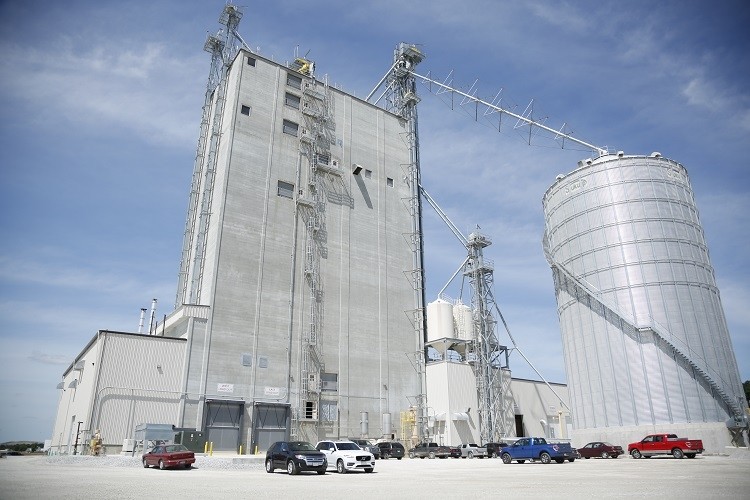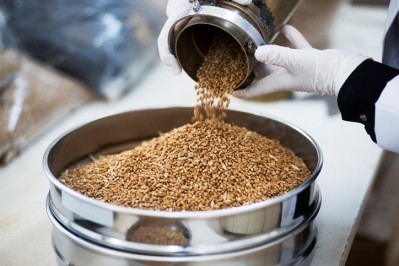US: Kalmbach Feeds completes capacity expansion project

The feed mill is the fourth such facility for Kalmbach Feeds, and gives it additional production output, said Angela Moser, brand experience manager with Kalmbach. “We needed the capacity – we’re a growing feed company."
“The facility, for the most part, will be for swine and poultry customers – it’s a bulk facility only,” she said. “As far as the bulk products go, the major customers we have are [in] poultry and swine and both of those growing.”
The new mill will help the company to consolidate specialized production at its other facilities, she said. Of those, one is dedicated to equine nutrition and another to bagged and bulk feed predominately for ruminant species.
“Our footprint has been continuously expanding,” she said. “Right now we’re east of the Mississippi, and we’re continuously growing.”
Facility details
The new 180-foot manufacturing facility includes a storage tower with the ability to hold 4,500 tons of bulk feed ingredients, not including corn, and it is able to generate 150 tons of feed an hour, said Moser.
The site also can contain up to 500 tons of bagged ingredients.
One external 180,000-bushel corn storage bin is in place, and a second 650,000-bushel storage bin is expected to be completed by July, she said. The plant also was designed to allow for additional storage to be added in the future.
“Grain and corn come from the local area, not just the county but the surrounding counties and further out,” she said of ingredient sourcing. “Efficiency-wise it makes sense to use local grains.”
“The receiving legs for corn can [manage] 12,000 bushels per hour so the farmers can unload a truck in five minutes,” she said.
The facility also includes two pellet mills, uses a micro bin system for feed ingredients and is computer operated from an on-site command center, she added.
“This plant is the best of the others put together,” said Moser. “They’ve learned so much in the last 10 years, and building the other facilities and really designed it to use the best of those technologies.”












